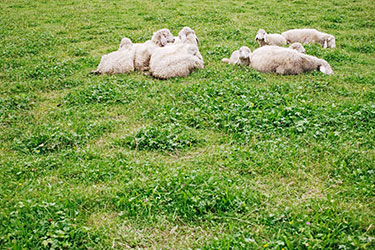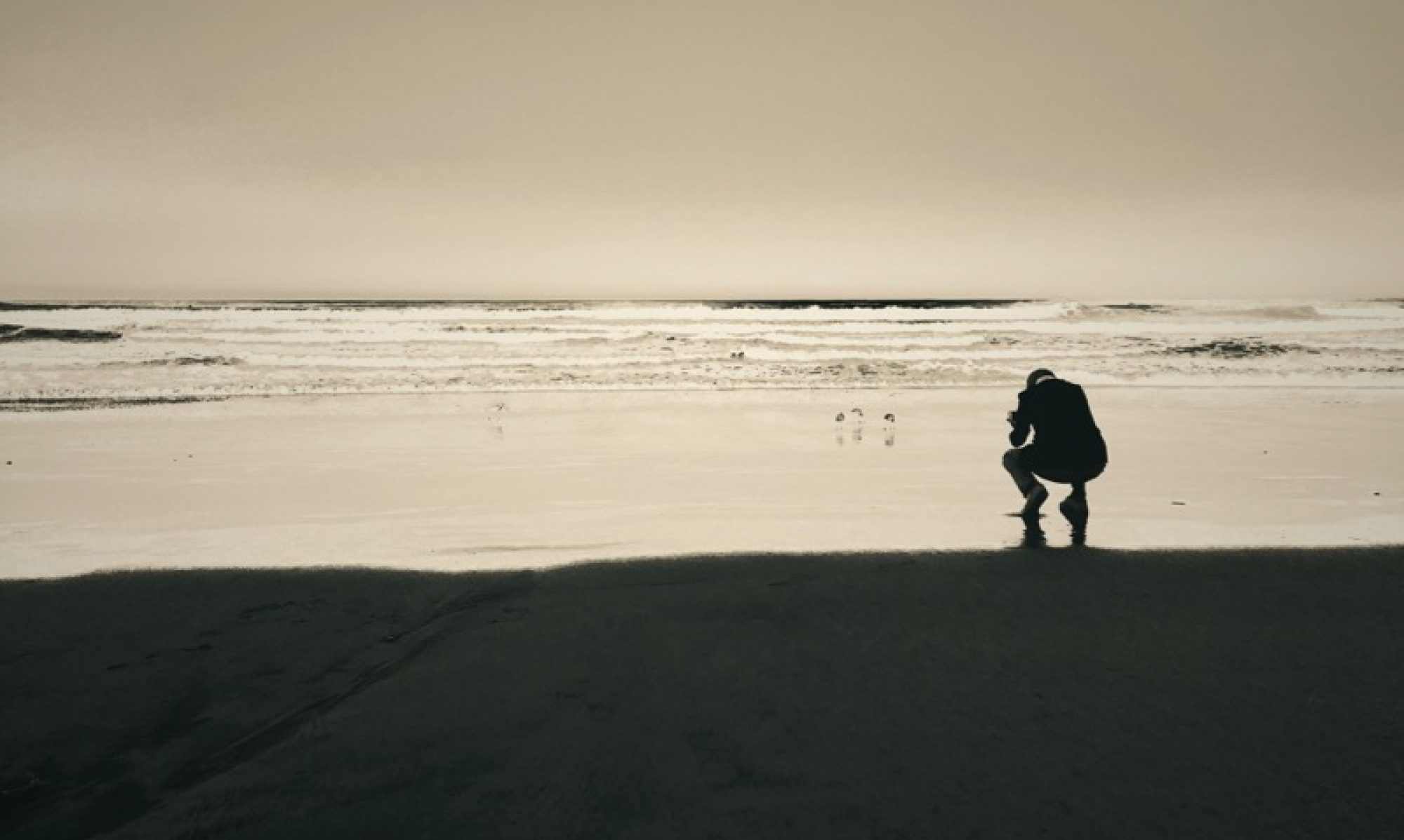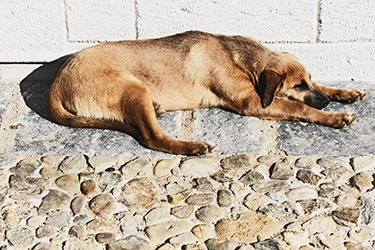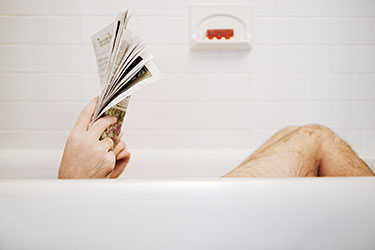Strange things are going to happen to you if you read too many art blogs. When I woke up this morning, this is what I remembered from a dream I had:

I am walking down the Westside of Manhattan. Or was it the Potsdamer Platz? Everybody in sight has a beard and is hunched behind his large format camera, importantly taking very innovative pictures of empty parking lots, gymnasiums and other predominantly drab scenery. There are also a few female photographers, and they mostly take pictures of themselves, or of homeless people (who in turn take pictures of them), or their girlfriends, or what seem to be their relatives. I go to the Supermarket to buy some water, but the cashier is occupied with adjusting her camera and photographing price tags. Walking home, the doormen (behind their cameras) ignore me. I read up on some blogs, and all the people I just saw have already posted their images. Others have not posted images, but their views on politics, the arts, their dogs, digestion… just about everything, and always extremely insightful. There is also some poetry. The only blogs that are not by photographers are by gallery owners, easily to be recognized by being even more insightful. Suddenly I feel terrified: Is there a world outside this? Who is paying taxes? Who is making laws, who executes them? Who is doing the editing? Who can count to five on his own, without making a poem out of it (or a painting)? That’s when I woke up, stumbling to my computer…
Speaking of poems, here’s one for the suffering artist (by Charles Bukowski, I’m sure he wouldn’t mind):
”
something
I’m out of matches.
the springs in my couch
are broken.
they stole my footlocker.
they stole my oil painting of
two pink eyes.
my car broke down.
eels climb my bathroom walls.
my love is broken.
but the stockmarket went up
today.
”


